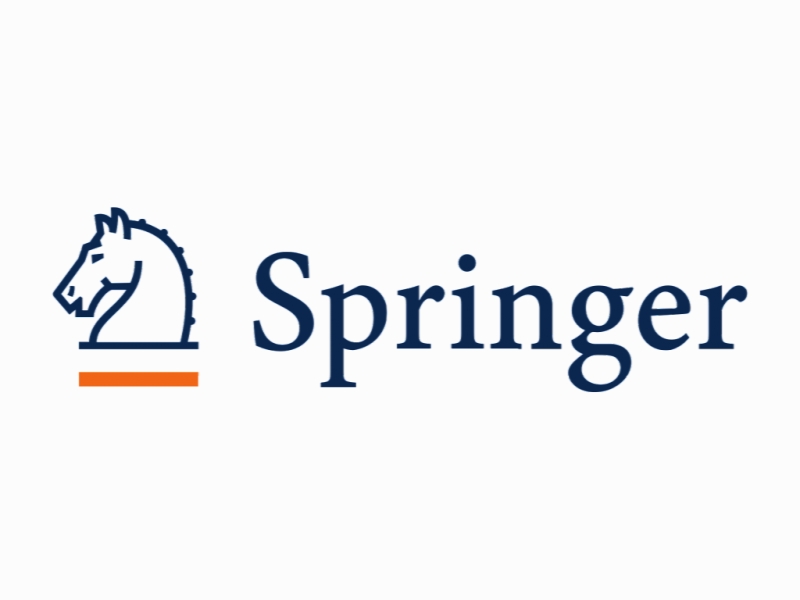داده های سنجش از دور و مدل رشد شهری SLEUTH: به عنوان ابزار پشتیبانی تصمیم گیری برای برنامه ریزی شهری Remote Sensing Data and SLEUTH Urban Growth Model: As Decision Support Tools for Urban Planning
- نوع فایل : کتاب
- زبان : انگلیسی
- ناشر : Springer
- چاپ و سال / کشور: 2018
توضیحات
رشته های مرتبط شهرسازی، مهندسی عمران
گرایش های مرتبط سنجش از راه دور، طراحی شهری
مجله علم جغرافیایی چینی – Chinese Geographical Science
دانشگاه Mahaweli Authority of Sri Lanka – Colombo – Sri Lanka
منتشر شده در نشریه اسپرینگر
کلمات کلیدی انگلیسی urban growth; urban planning; land use; land cover; SLEUTH model; Cellular Automata (CA); remote sensing; Sri Lanka
گرایش های مرتبط سنجش از راه دور، طراحی شهری
مجله علم جغرافیایی چینی – Chinese Geographical Science
دانشگاه Mahaweli Authority of Sri Lanka – Colombo – Sri Lanka
منتشر شده در نشریه اسپرینگر
کلمات کلیدی انگلیسی urban growth; urban planning; land use; land cover; SLEUTH model; Cellular Automata (CA); remote sensing; Sri Lanka
Description
1 Introduction Urban areas are the hot spots of environmental change, since urbanization alters the land use and cover, biodiversity and hydrological systems from local to regional scales (Lambin et al., 2003; Grimm et al., 2008; Kuang, 2011; Butsch et al., 2017). Urbanization is positively correlated with economic development (Birch and Wachter 2011), but rapid and unplanned urbanization involves in breakdown of natural and social cohesion and can be regarded as a destructive process. Sri Lanka is experiencing a speedy urbanization over the last decades. According to a report (United Nations, 2012), the urban population of Sri Lanka will reach to 60% by 2030 from 14% in 2010. This rapid growth in urban population, unless handled properly, may create serious socio-economic disparities which are hard to fix. However, a well-planned and managed urbanization empow ers the nation’s economic development and provides better access to employment, education and health care to citizens. Thus, the Sri Lankan planners need new tools to monitor and project the urban growth into the near future to plan for better and more sustainable cites. In this context, remote sensing and Geographical Information Systems (GIS) can be used extensively to map and manage the rapidly growing urban areas (Bhatta, 2009; Kuang, 2012; Kantakumar et al., 2016). The urban growth models coupled with GIS can be useful to simulate the urban growth of cities to understand the pattern of urban growth (Batty et al., 1999; Stevens et al., 2007; Al-shalabi et al., 2013). Recent advancements in complexity science have given birth to a new age urban models based on Cellular Automata (CA) and Agent Based Models (ABM) (Sohl and Claggett, 2013). These models are capable of projecting the city growth into the near future both spatially and temporally. The CA models are an added advantage to ABM models, because of their simplicity and close resemblance to grids used in GIS (Su, 1998; Kantakumar et al., 2011). CA is a powerful simulation tool which assumes the land system is self-organized, heterogeneous and based on neighboring rules.


